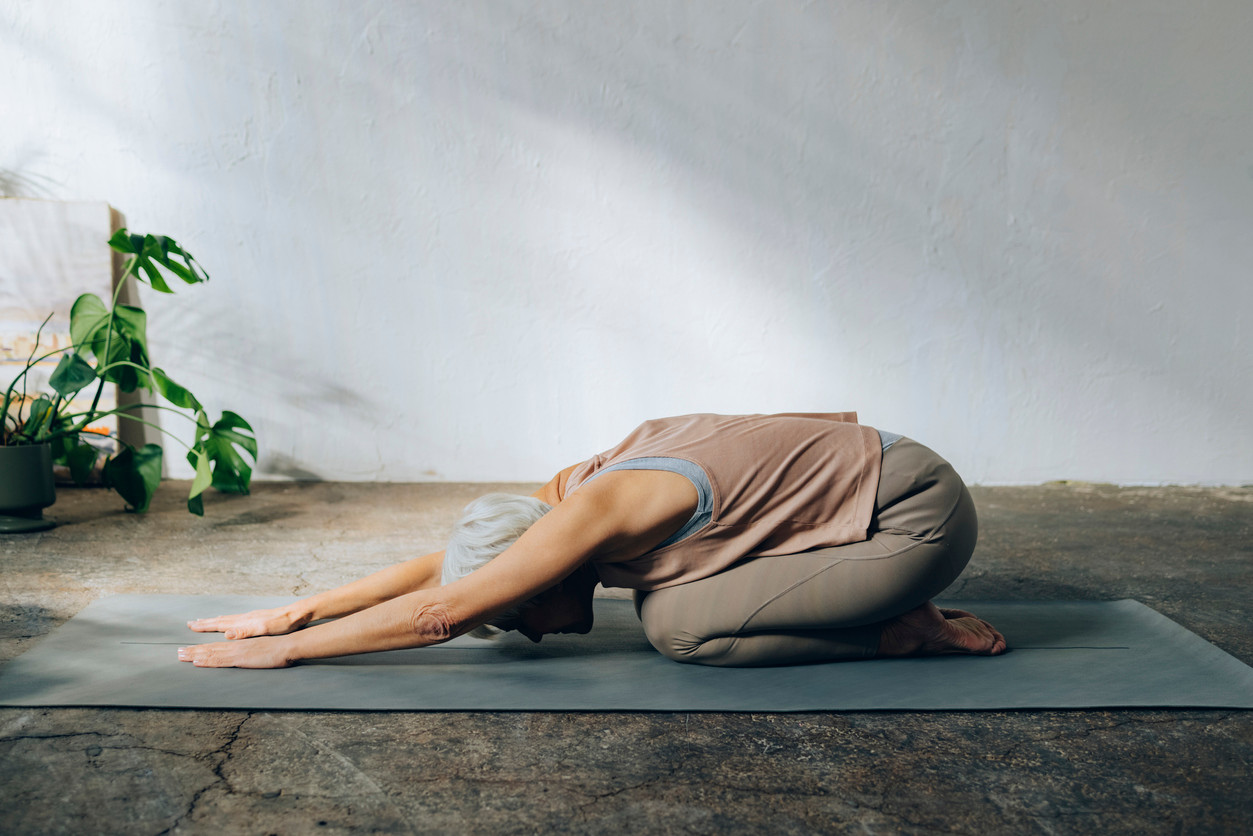7 exercises for constipation to get things moving
Hinge Health pelvic floor physical therapists share the best exercises for constipation, so you find relief and get back to doing what you love.
$0 cost to you
Published Date: Apr 30, 2025
Table of Contents
Fully Covered Pelvic Care
Find relief from pelvic pain, leakage, muscle weakness, & more.
Check if I'm eligible